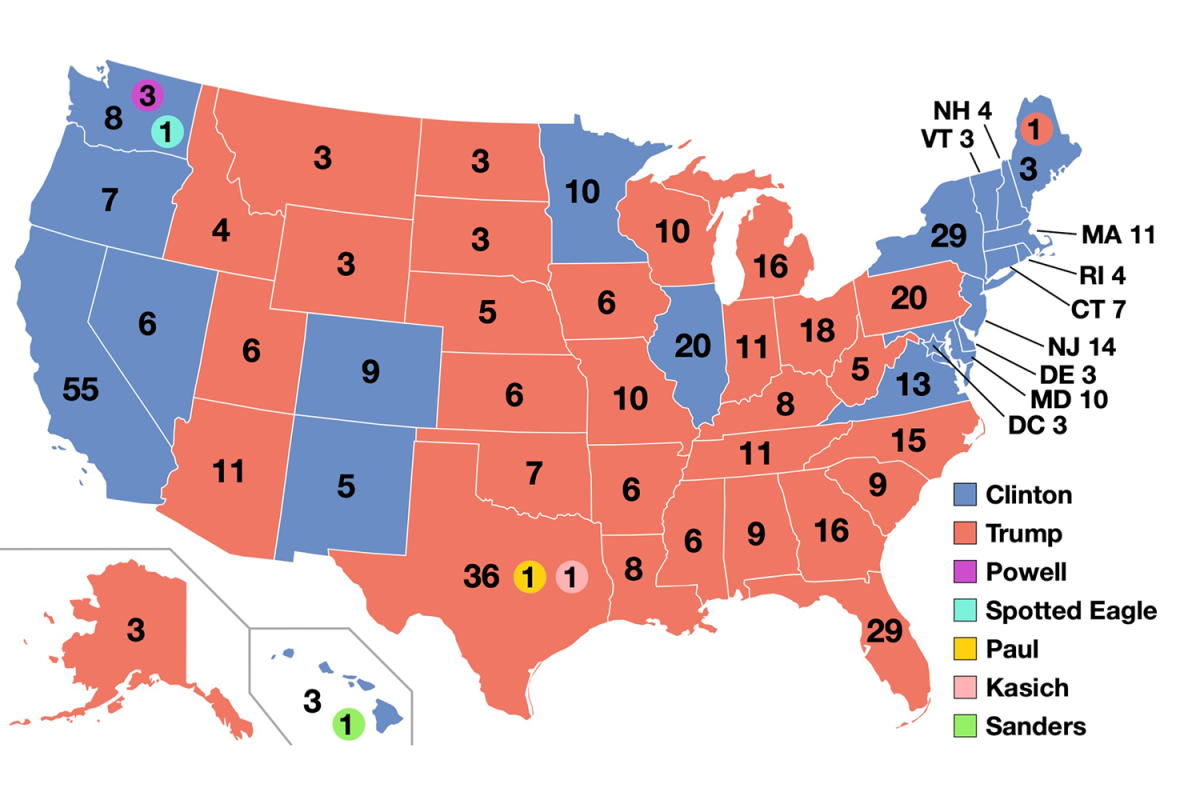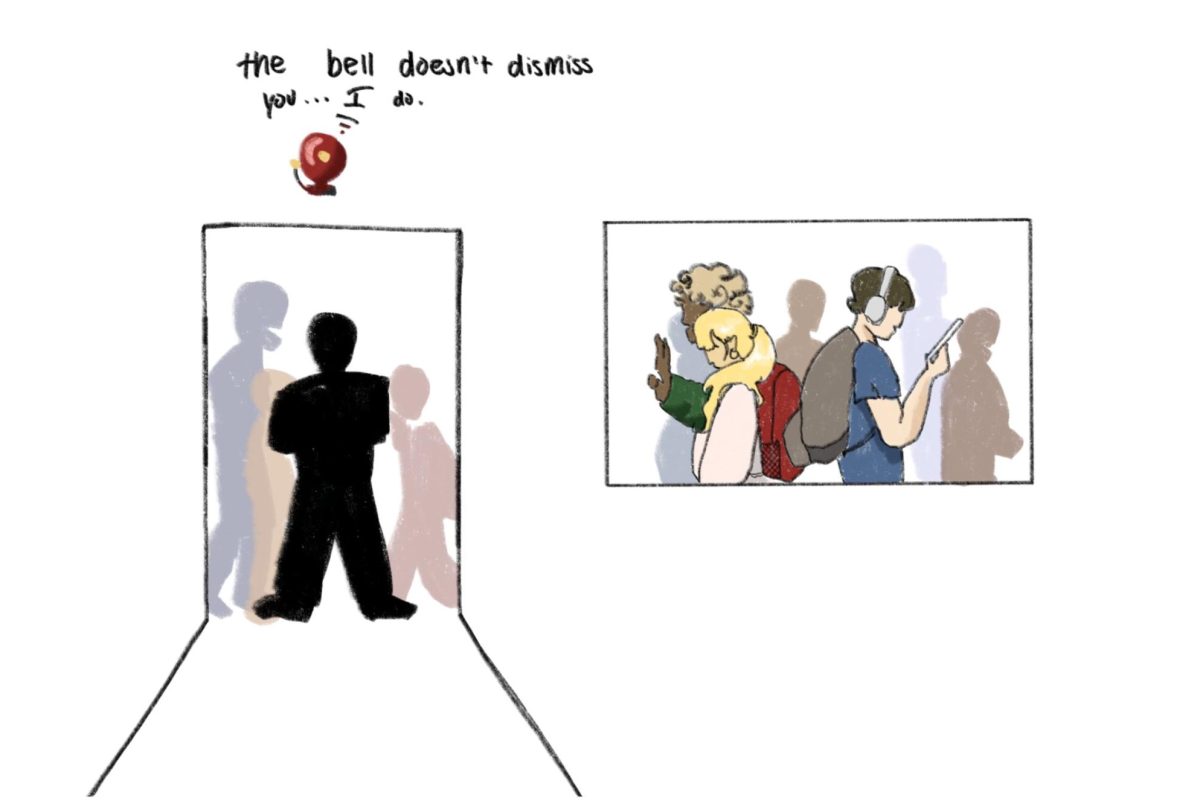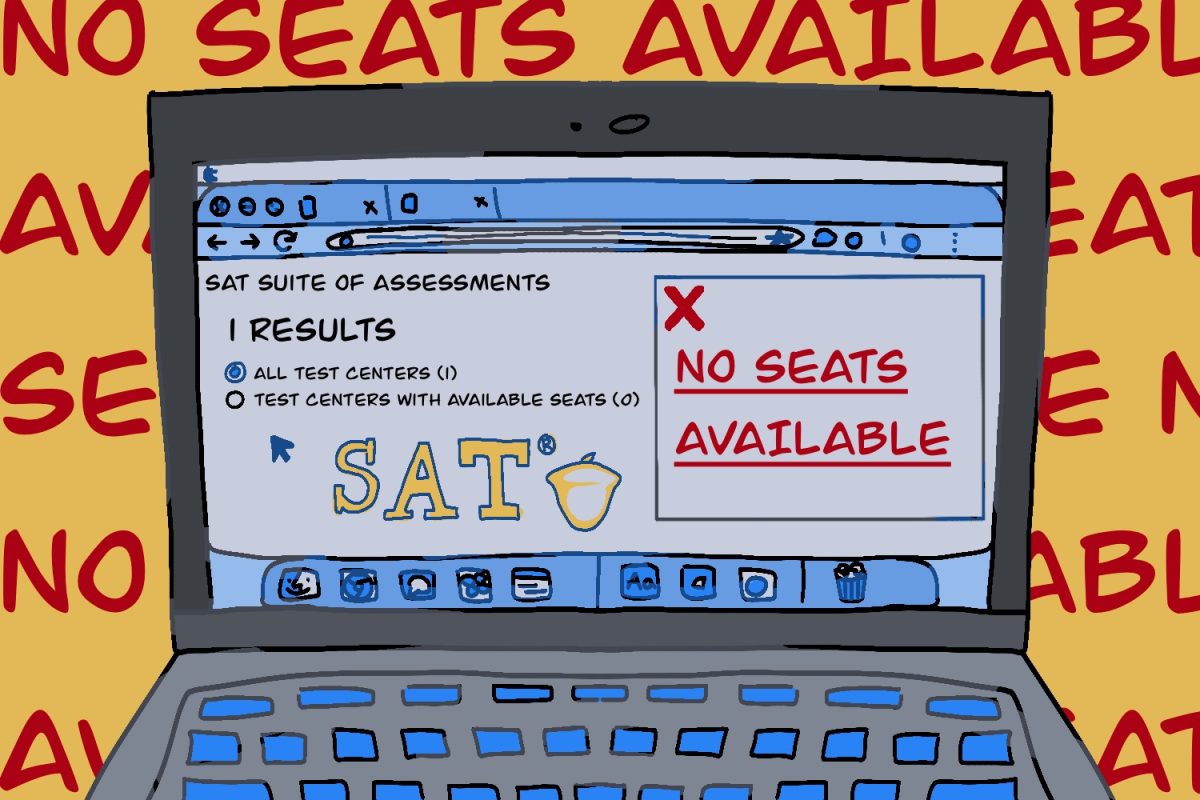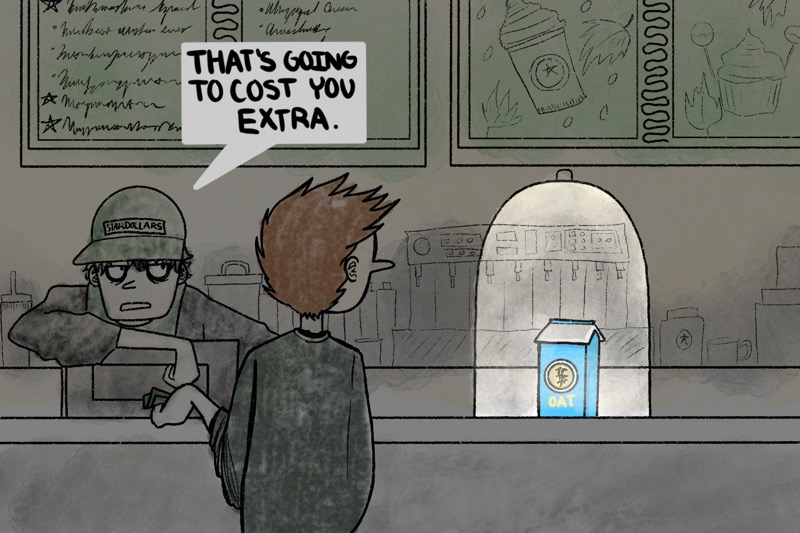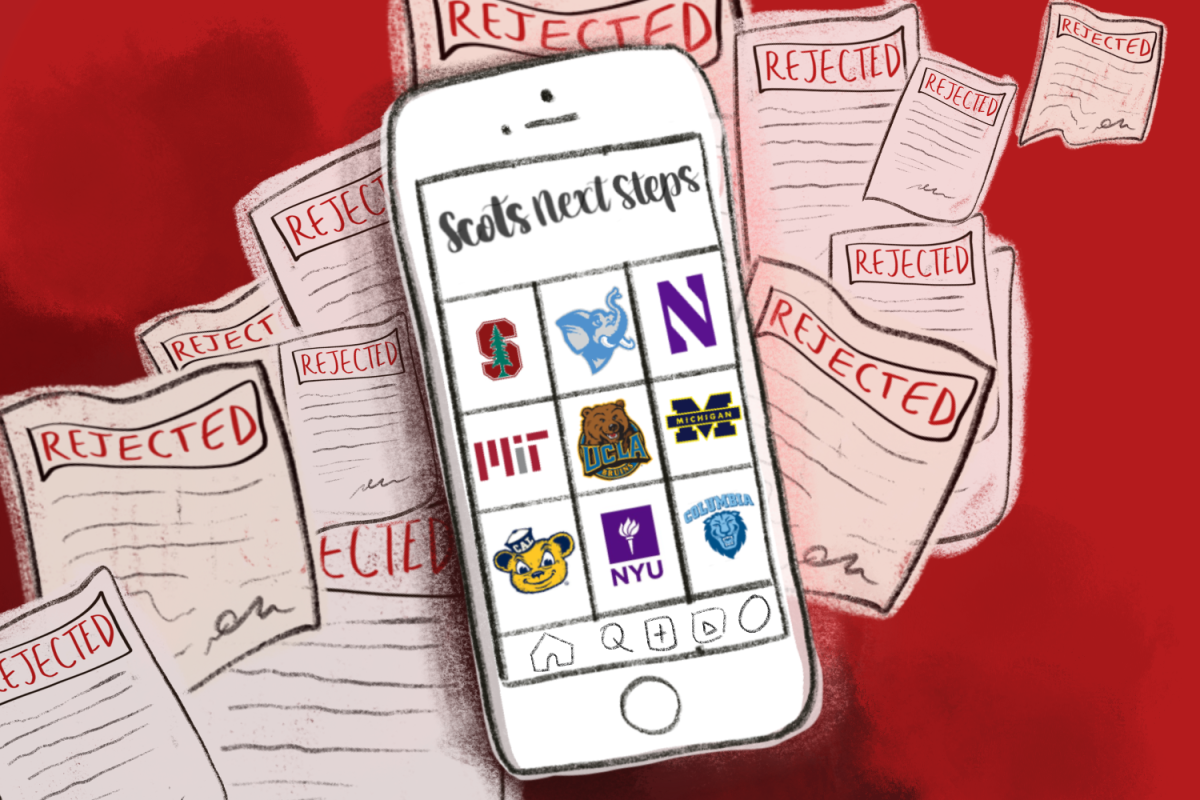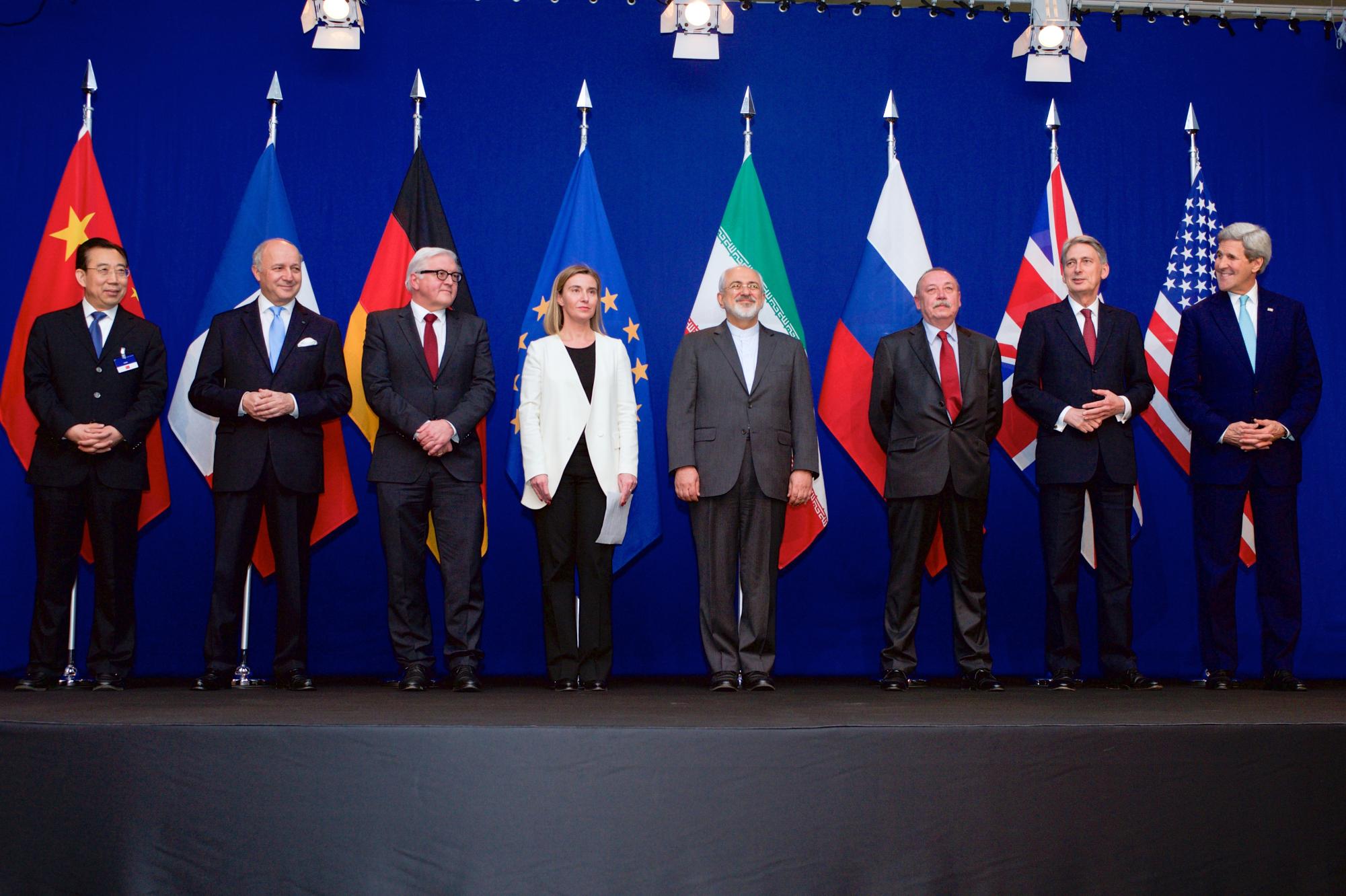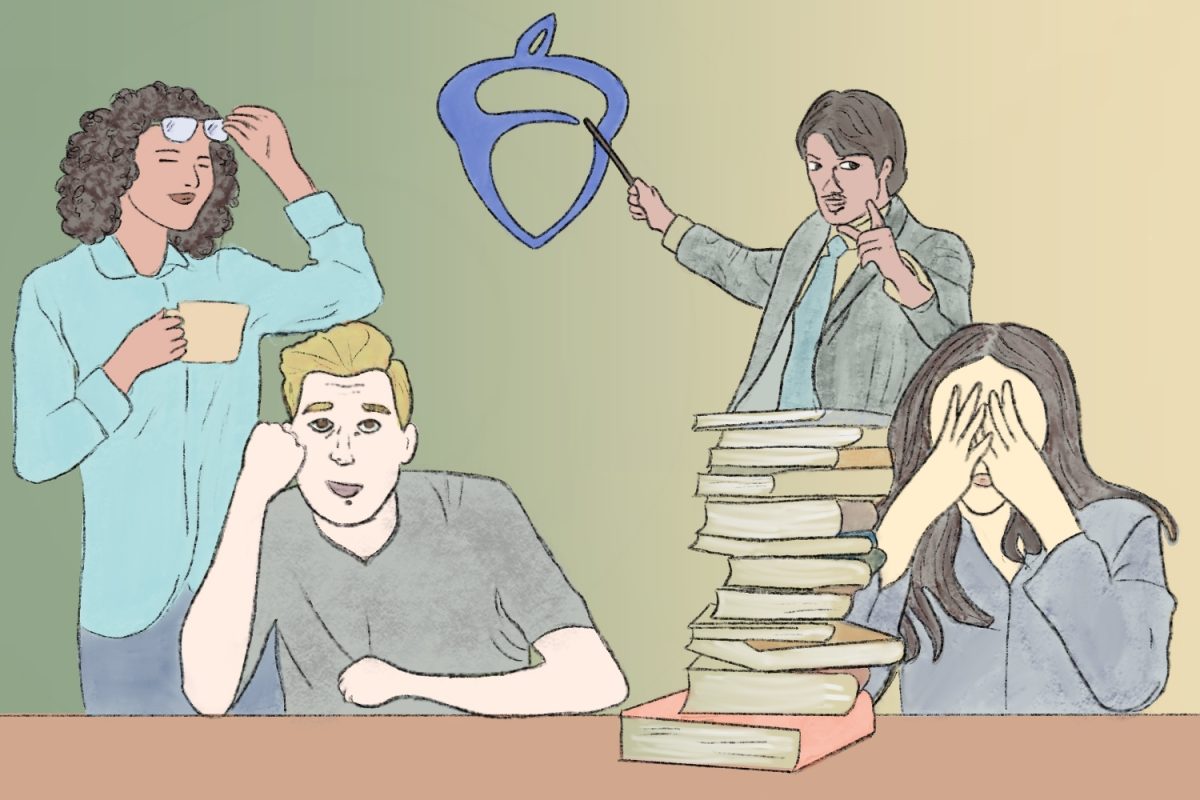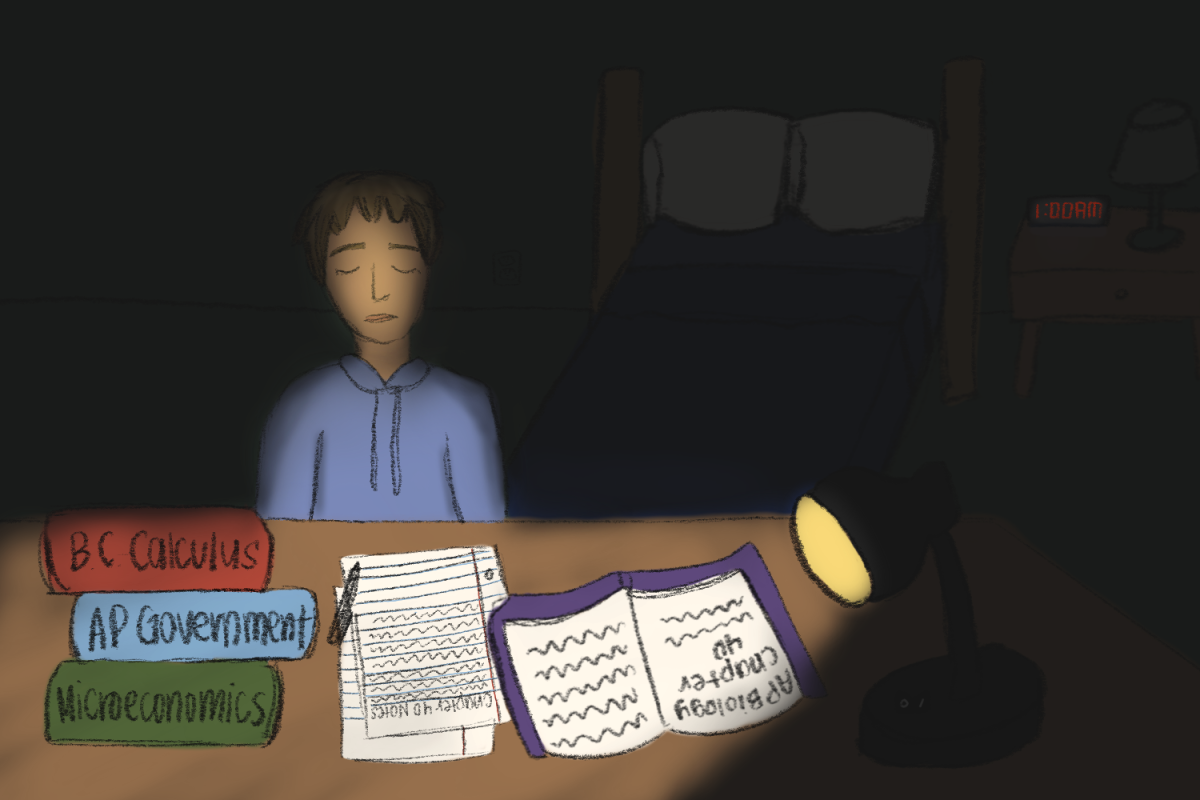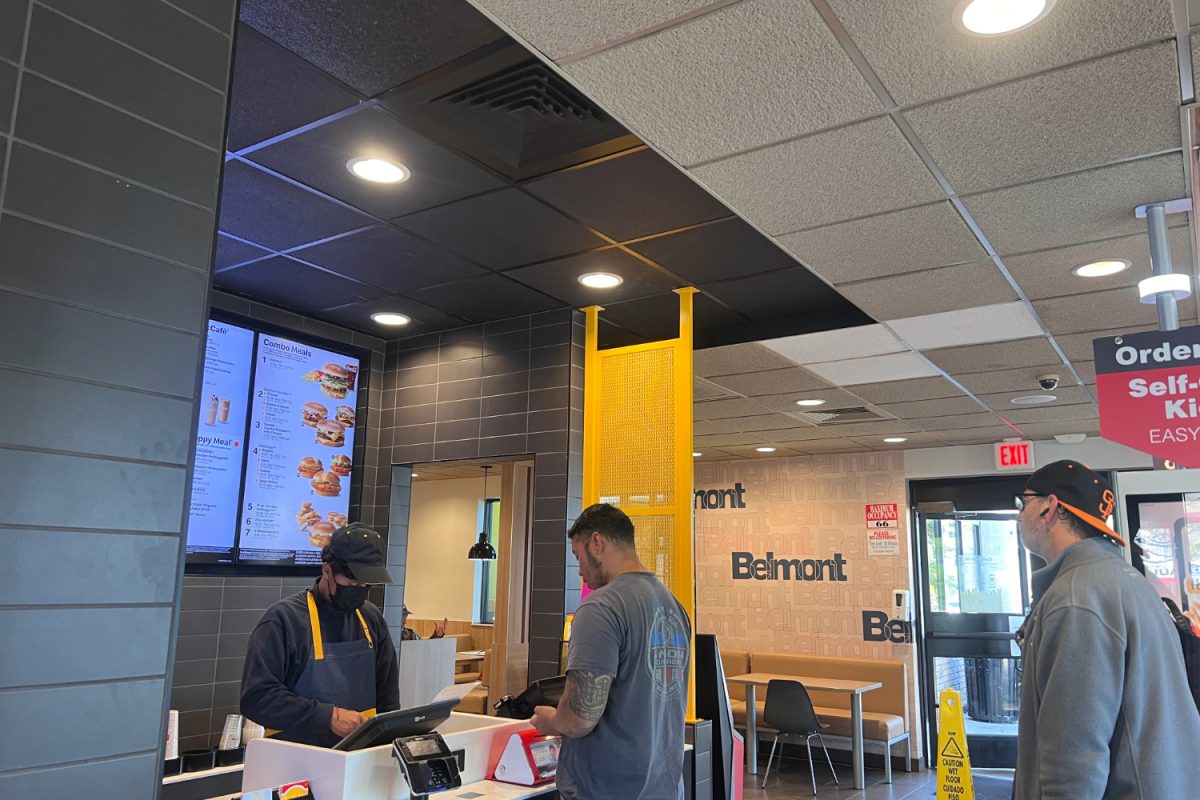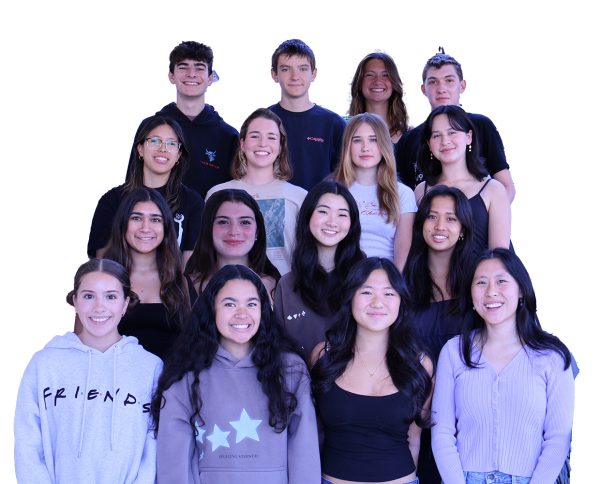The Electoral College is over 235 years old, and a makeover is long overdue.
Shortly after gaining independence from Great Britain, politicians in the United States realized the Articles of Confederation, the first U.S. constitution set up during the American Revolution, needed to be revised.
This realization prompted the Constitutional Convention in Philadelphia in 1787, which hosted delegates from every state except Rhode Island.
Questions about how to elect a leader began to circulate. Some groups wanted a democratic popular vote, while others wanted Congress to choose the president. The delegates compromised on the Electoral College system.
Today, the Electoral College has 538 electors, and a candidate needs 270 electoral votes to win. The number of electors per state is the number of representatives in Congress. For example, in 2020, California had 53 representatives in the House and two in the Senate, so California had 55 electors.
At the time, the Electoral College seemed to solve most issues. For one, delegates were concerned that American citizens, especially those in rural areas, would not have the knowledge or the means to be fully informed about the candidates. In 1787, literacy rates in the U.S. were below 60%, according to McSweeny’s. This made arguments for a popular vote difficult.
As of 2017, 90% of the U.S. population above age 25 had completed high school. The education level and accessibility of information have drastically increased since 1787, invalidating this argument.
Another oversight of the delegates was the lack of anticipation about the formation of political parties. There were no parties in 1787, so it was assumed that there would be a vast pool of candidates for each election, and the electors would choose at their discretion.
Quickly after 1787, political parties emerged, and a small number of candidates dominated elections. It also became clear that electors would start voting on party lines rather than personal preference.
The last main problem with the system’s initial conditions was that the federal government did not mandate how state electors should vote. All states except Nebraska and Maine have a winner-takes-all rule in which all of the state’s electoral votes go toward the state’s majority candidate. This rule takes away the voice of the minority and the autonomy of the electors.
The Electoral College also causes problems in presidential candidates’ campaigns. Some argue that the Electoral College is good because it forces politicians to pay attention to the country’s less populated, rural areas, which is true. After all, presidential campaigning is predominantly in less urban areas.
However, this creates a new problem. So-called swing states have too much power in the outcome of elections. According to the Public Broadcasting Service (PBS), over 90% of Donald Trump and Hillary Clinton’s campaign stops were made in just 11 swing states. Because some states are almost guaranteed to vote for certain parties, such as Democratic California and Republican Wyoming, candidates don’t bother campaigning there, ignoring vast numbers of voters.
People must be happy with the system if it hasn’t changed. Wrong. 65% of adults in the U.S. want the popular vote to decide the results. The Electoral College hasn’t changed because it is a part of the Constitution, so there would need to be a two-thirds majority in Congress to eliminate or alter the system.
In coming years, change is more likely because the Pew Research Center shows that young people are much more likely than older generations to favor eliminating the Electoral College.
Right now, politicians in Congress have an “if it ain’t broke, don’t fix it” mindset about America’s voting system, but we must advocate for change now. Continued indifference to the current system is not sustainable, and disaster awaits the U.S. government when the Electoral College inevitably breaks.
*This editorial reflects the views of the Scot Scoop Editorial Board and was written by Audrey Finigan.
The Editorial Staff staff voted 7 in agreement, 4 somewhat in agreement, and 5 refrained from voting.

